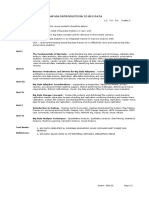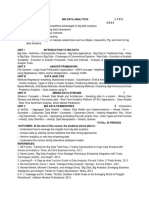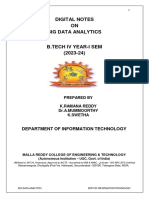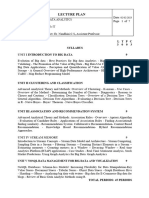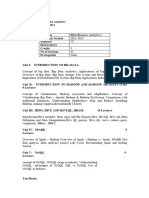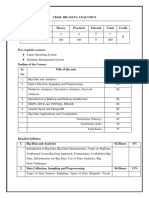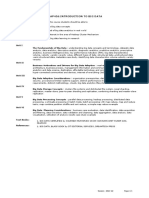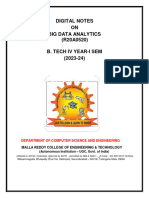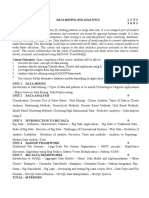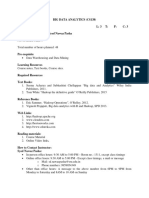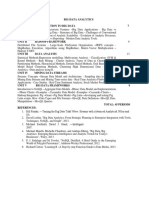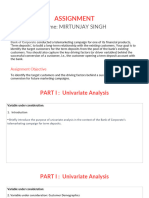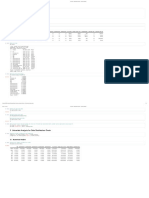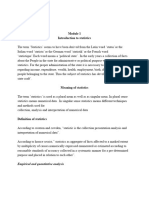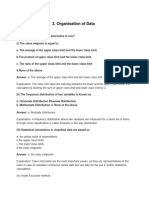0% found this document useful (0 votes)
49 views2 pagesBig Data Syllabus
CSR223 is an introductory course on Big Data, covering concepts such as the data life cycle, analytics methodologies, and statistical analysis. Students will learn data preparation, visualization techniques, and the use of various Big Data tools like Hadoop and MongoDB. The course includes practical experiments to reinforce theoretical knowledge and enhance hands-on skills in data manipulation and analysis.
Uploaded by
saiirctc786Copyright
© © All Rights Reserved
We take content rights seriously. If you suspect this is your content, claim it here.
Available Formats
Download as PDF, TXT or read online on Scribd
0% found this document useful (0 votes)
49 views2 pagesBig Data Syllabus
CSR223 is an introductory course on Big Data, covering concepts such as the data life cycle, analytics methodologies, and statistical analysis. Students will learn data preparation, visualization techniques, and the use of various Big Data tools like Hadoop and MongoDB. The course includes practical experiments to reinforce theoretical knowledge and enhance hands-on skills in data manipulation and analysis.
Uploaded by
saiirctc786Copyright
© © All Rights Reserved
We take content rights seriously. If you suspect this is your content, claim it here.
Available Formats
Download as PDF, TXT or read online on Scribd
/ 2
